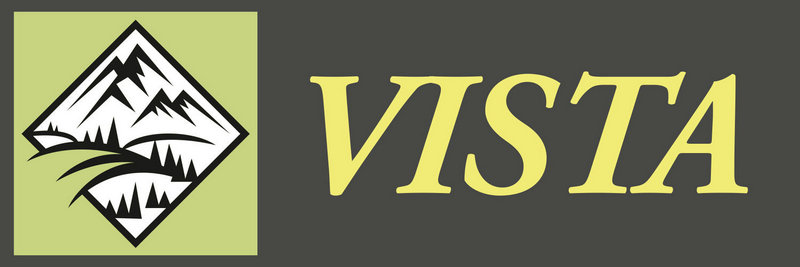By: Tanya Kramer
Healthy connection should be the goal for all of our essential relationships; however, sometimes, that is easier said than done.
So, where does someone start when meeting a new person or wanting to improve on an already existing relationship?
In order to know how to do this, we will cover the following topics:
- What are healthy boundaries
- How to set boundaries
- How to hold boundaries (sometimes the most challenging part)
How do you know if you have healthy boundaries with another person?
Here are some clues that you are on the right track:
- Personal boundaries are clear
- You know who you are and what you want and need
- Treat yourself with respect and others with respect
- Able to say “yes” or “no” without guilt, fear, or anger
- Refuse to tolerate abuse or disrespect
- Have a strong sense of personal identity
- Take responsibility when appropriate
- Know when a problem is yours or belongs to the other person
- Have empathy, but also recognize the limits of our support in some situations
- Know the difference between giving support and being in a codependent relationship
- Belonging versus fitting in
There are several different types of boundaries to consider, along with their definitions:
- Emotional Boundaries – to be treated with respect
- Physical Boundaries – personal space, which at a basic level is at our skin, but also our “bubble” area we need around us to be comfortable (Note – this can be different for different people based on culture and/or family dynamics)
- Relational Boundaries – knowing who the people are whom you have a high level of trust with (may include family, partner, trusted friends, etc.)
- Sexual Boundaries – to have all experiences be one where there is consent and appropriate maturation for both partners
- Social or Cultural Boundaries – to respect aspects of other cultures (how people greet, level of eye contact, physical space, etc.)
- Material Boundaries – to have your personal items respected and to respect other people’s items
What are some of the red flags where improvement in boundaries might be necessary?
Some people have experiences which include harm, trauma, or a lack of close relationships, which can result in some people having rigid / inflexible boundaries.
Here are some ways these rigid/inflexible boundaries might show up in relationships:
- Rigid metaphorical “walls” between you and others
- Avoid intimacy by staying busy, picking fights, and/or avoiding people in general
- Refuse to share personal information with Someone who has earned your trust
- Fear of abandonment, suffocation in relationships, and/or avoid close relationships
- Struggles with loneliness, low self-esteem, distrust, anger, and/or control
- Difficulty identifying your wants, needs, and feelings
- Fear of being hurt, vulnerable, or taken advantage of
- Saying “no” if requests involve close interactions with others
Other people have experiences where they have learned they have to self-sacrifice their needs and emotional safety to be seen and cared for. These people may cope with these difficult experiences by having loose boundaries.
Here are some ways these loose boundaries might show up in relationships:
- Personal boundaries become weak or nonexistent
- Saying “yes” to all requests because you fear rejection and/or abandonment
- Tolerating abuse and/or disrespectful treatment
- Feel that you deserve to be treated poorly
- No sense of who you are or what you feel, need, want, and think
- Focus on pleasing those around you
- Take on the feelings of those around you
- Constantly self-sacrifice your needs for others
Now that you have this information about boundaries, how do you start setting and holding boundaries?
- Start with one person whom you hope to have a better relationship with because they matter to you.
- Decide what is the boundary you want to set
- Communicate the boundary to the person clearly and kindly, ideally during a calm (not triggering) moment.
- If a person pushes on or disrespects the boundary you have set, remind them of the boundary (Repeat)
- If the person continues not to respect the boundary, then decide how long you are willing to remind them of the boundary before you set a new, more protective boundary for yourself (choosing to not talk to them about a specific topic, not helping with a specific task, not seeing the person for a while, limiting contact, or fully cutting off the person depending on what is appropriate for the situation).
- Communicate to the person what will happen if they continue not to respect your boundary (name the action or consequence you plan to take)
Setting and holding boundaries is HARD. However, most people will respect your boundaries if we are clear on what they are early in the relationship.
Once you know how to set and hold boundaries, it is often easier to use this skill with new people because they will either respect your boundaries (WIN) or not (Still a WIN, because then you know not to continue to put effort into the relationship).
When you decide to set healthy boundaries within relationships, it helps you learn who you can and can’t trust.
You can use this helpful equation to assess who to trust and who not to trust within relationships:
TIME + EXPERIENCE = To Trust Someone or Not to Trust Someone (actions often speak louder than words)
The benefit of having healthy connections with health boundaries is that you can move through your life with more ease knowing the people close to you trust, love, and respect you in both words and actions. Healthy connections with healthy boundaries result in less anxiety and energy expended on worrying about relationships. Healthy connections with healthy boundaries result in feeling like you belong in your relationships versus trying to fit in. The result of healthy boundaries is worth the work!






